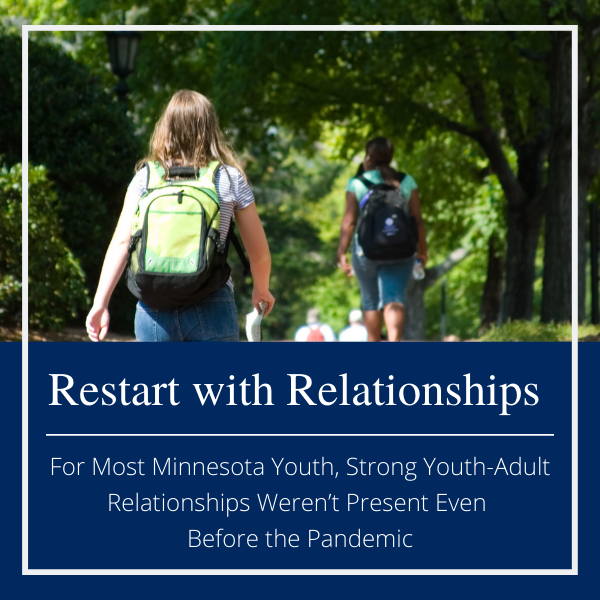Blog
Using REACH to Improve Student Motivation: A View from an Administrator’s Seat
A note from Eric Kalenze, Director of Education Solutions:
This week’s post is provided by guest blogger James Nelson, Dean of Students at Risen Christ School Catholic School. Located in South Minneapolis and serving a highly diverse population, Risen Christ is the only dual-language-immersion Catholic school in all of Minnesota. James’s middle school team has been learning about and implementing REACH research and resources since the beginning of this school year.
By James Nelson, guest author
At the end of the 2015-16 school year, our middle school staff expressed serious concern about a perceived drop in our students’ motivation. Teachers did not have hard evidence of this dip, but their teaching instincts told them that kids’ motivation was just not on par with what they’d been used to witnessing.
Based on these conclusions, the middle school team decided to work more purposefully on improving students’ motivation in 2016-17, and they asked our school’s president to look for a professional development program that could help us better understand and address the issue.
After some examination we discovered Search Institute’s REACH program and, in a meeting with Search representatives to determine how well REACH would fit our needs, I was immediately impressed. And given my thirteen years in education, this impression was significant. In that time I’ve witnessed many programs that claimed to have some “golden ticket”, but that ultimately came and went without creating much long-term success.
During the meeting with Search, I was impressed with how the REACH program made authentic lessons the students could relate to. As educators know, creating authentic lessons that students feel are practical and worthwhile can be a huge challenge. Plus, Search never claimed to have the “golden ticket” mentioned above. Rather, their resources and professional learning are all based on sound research about how students develop as people, not just as numbers or cogs in the educational system. Based on these impressions and our hope to improve students’ motivation, our administrative team concluded that going forward with the program would be the right move.
“Now that we are approaching the mid-year point, I can say that the REACH program has made a noticeable difference in our students’ motivation.” – James Nelson, Dean of Students, Risen Christ School
From an implementation standpoint, our first challenge going into this school year was to decide how our staff would complete the learning workshops. We did not have a large amount of open time to work with during our staff development days, so we decided to use our standing morning meeting time for “mini workshops”. This allowed us to break some workshops up and place multiple-hour workshop sessions where possible throughout the year, which worked better with our calendar of staff learning. Then, in order to deliver the Anchor Activities, the middle school team decided to allot one hour every other Thursday morning to solely focus on REACH.
With those logistics out of the way, implementation began with teachers excitedly working through their first Anchor Activity (“Identifying Sparks”). But something seemed to be missing when our 115 middle schoolers went through the lesson. The students were highly engaged and really enjoyed talking about what interested them, but there was no way to display the sparks and create the important part of sharing sparks and people knowing one another for their sparks.
The middle school team made their own solution. They built a “Spark Park” display in the middle school’s central hallway. A park background was displayed and each student attached individual leaves featuring their sparks in an area where all our school’s staff and students regularly pass. Students were very proud of their own work, and I often saw them stopping during passing time to see if they could figure out which spark leaves belonged to which students.
Now that we are approaching the mid-year point, I can say that the REACH program has made a noticeable difference in our students’ motivation. The students honestly look forward to REACH Thursdays, and the teachers have not felt bogged down by another professional development requirement. The program is well thought-out, and it’s presented in a manner that is easy for all individuals involved.
We’ve also learned some important things as a staff through REACH. Our REACH survey results, for example, indicated that we should work to improve relationships with our seventh grade students, that our assignments must be broken down into smaller steps to keep motivation strong, and that we should give the students more voice in the curriculum. The REACH survey also pointed out highlights, most especially that our students think our teachers are very good at both making them feel important and driving them to do their best. I cannot wait to see what the rest of the year brings!

